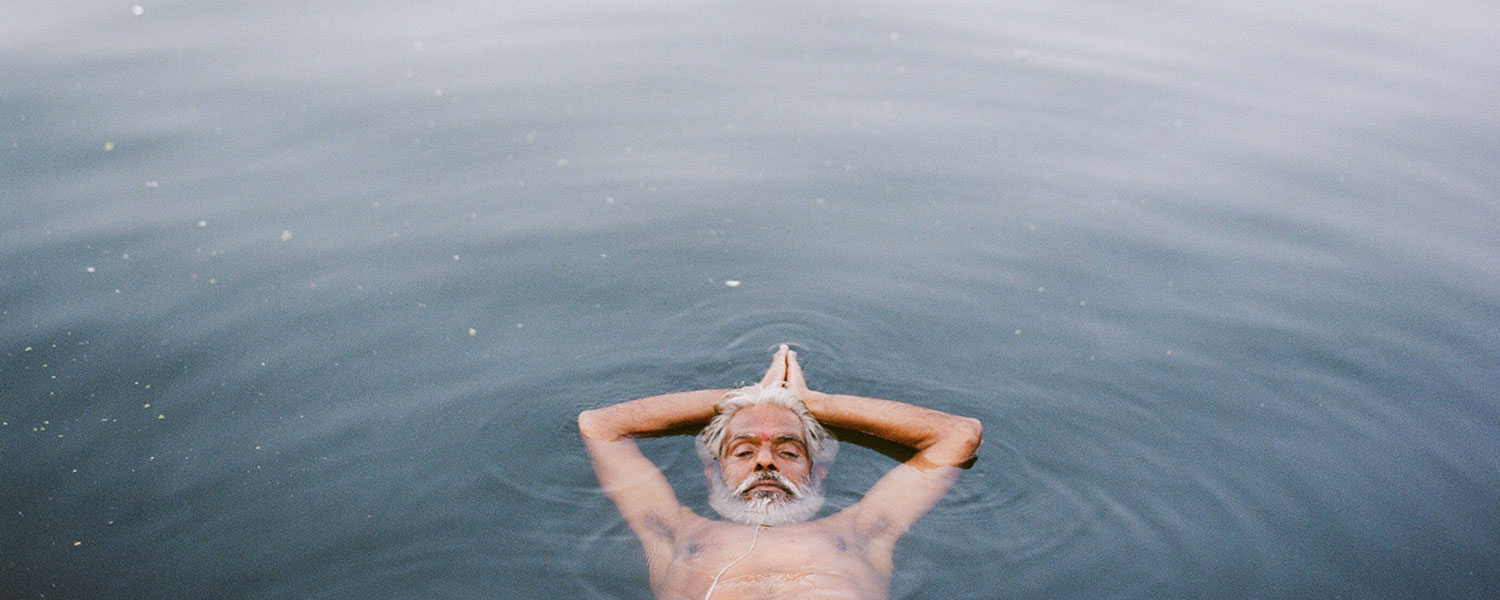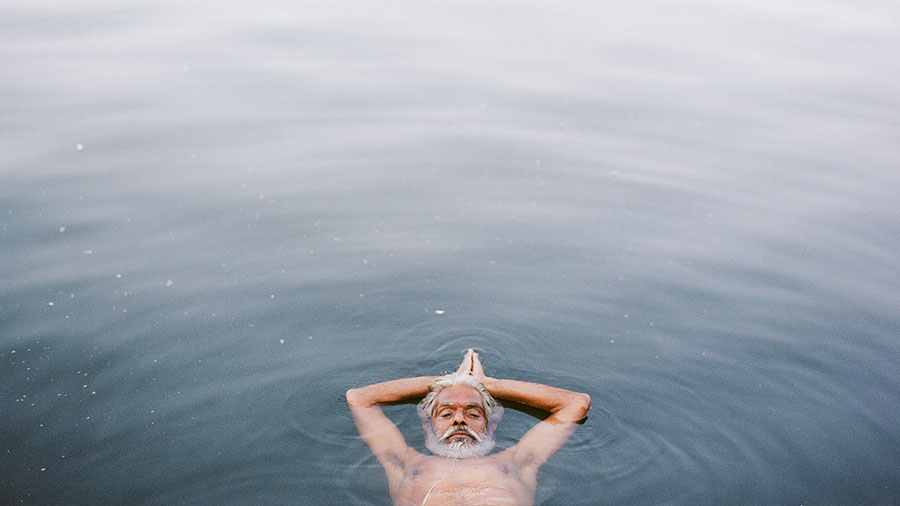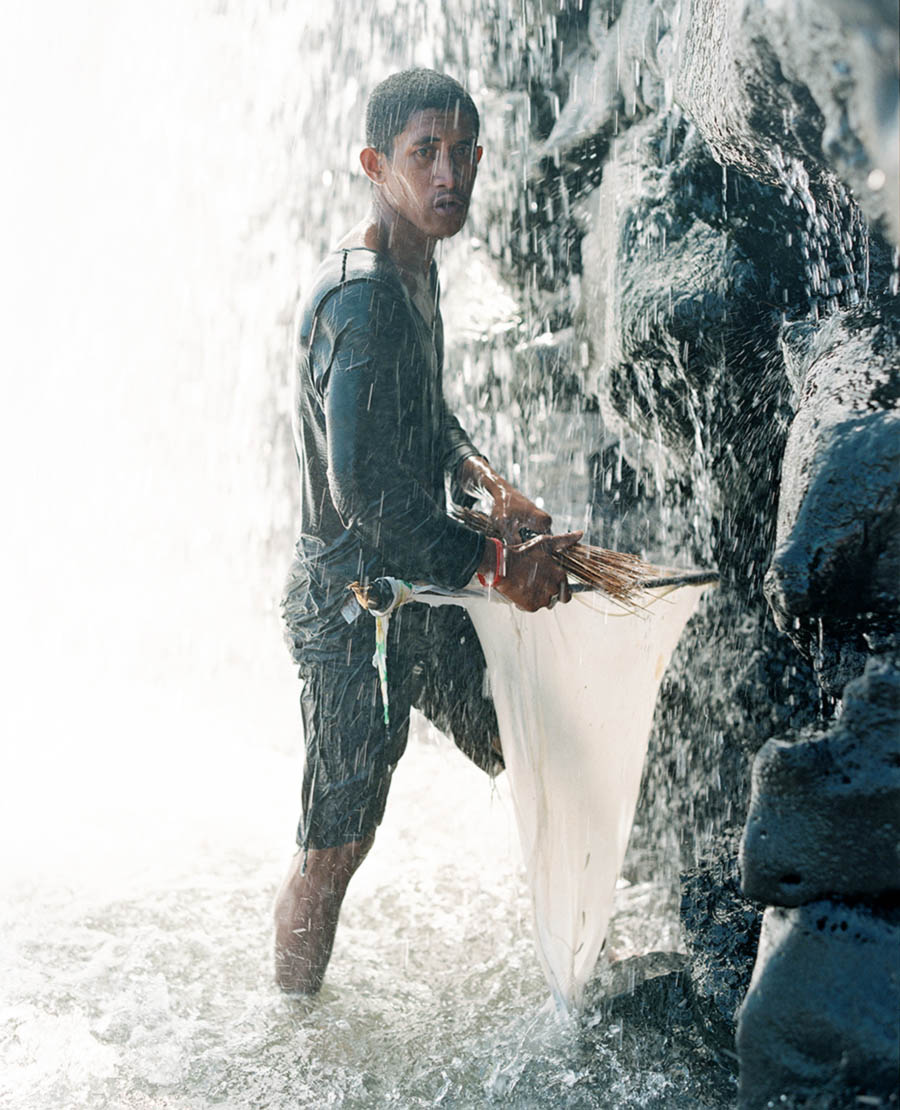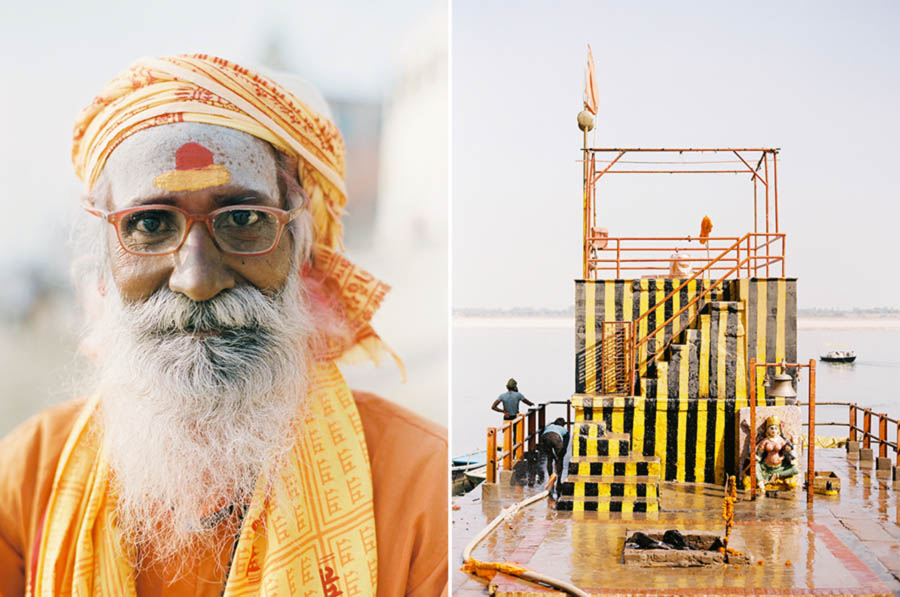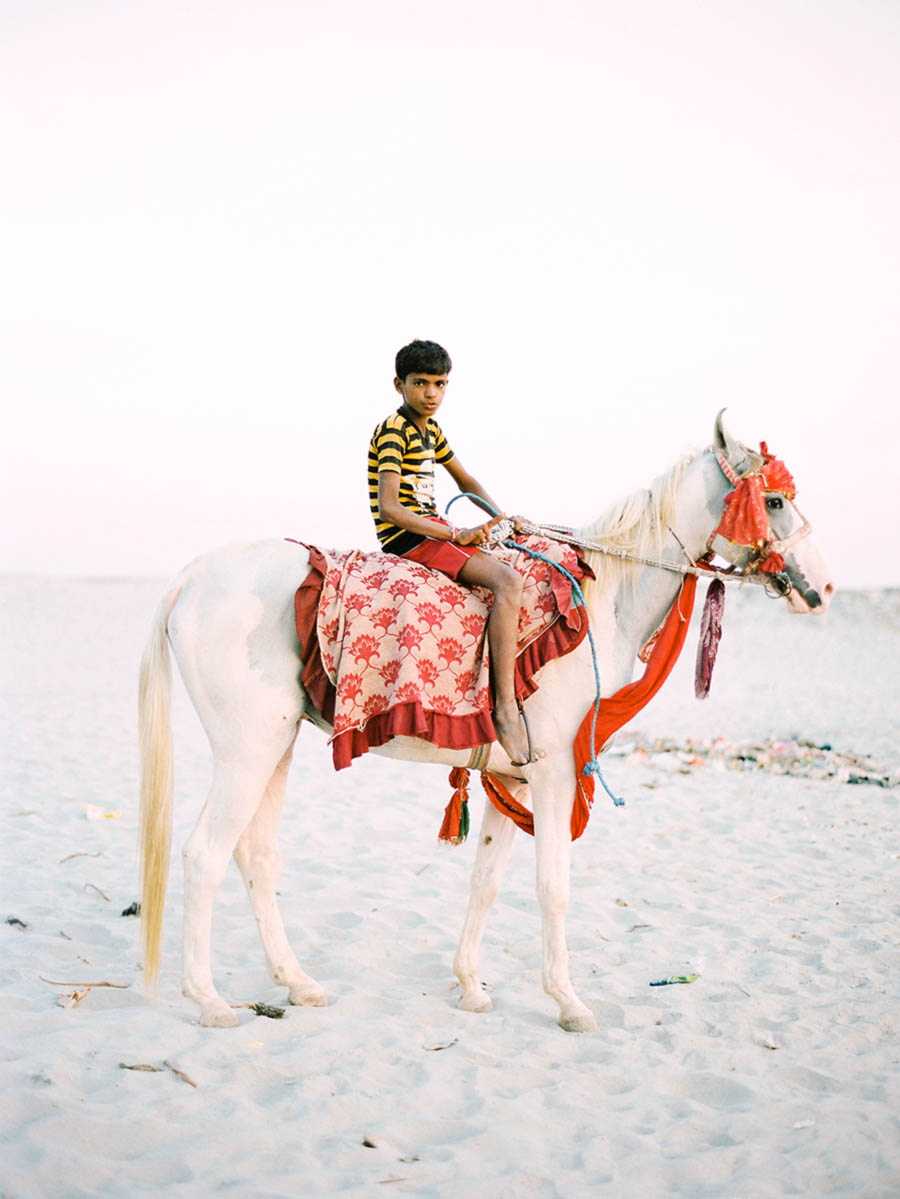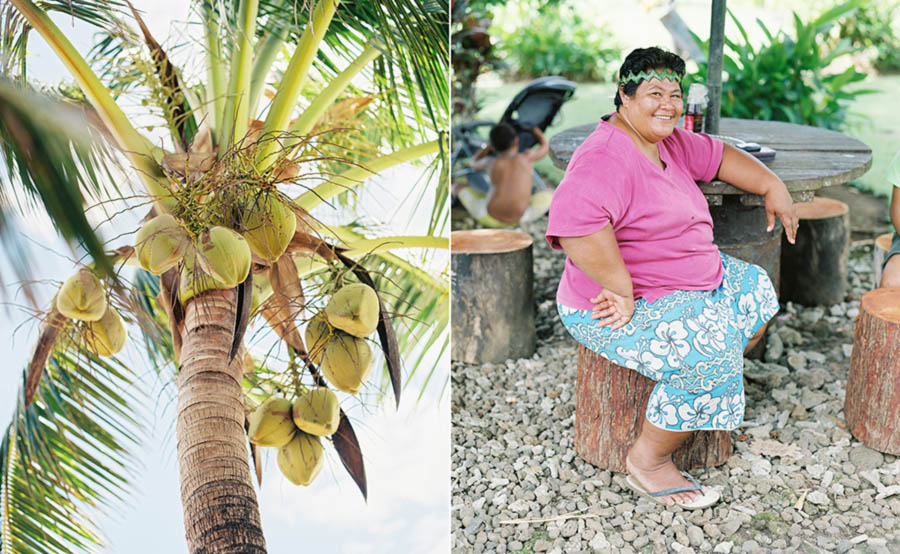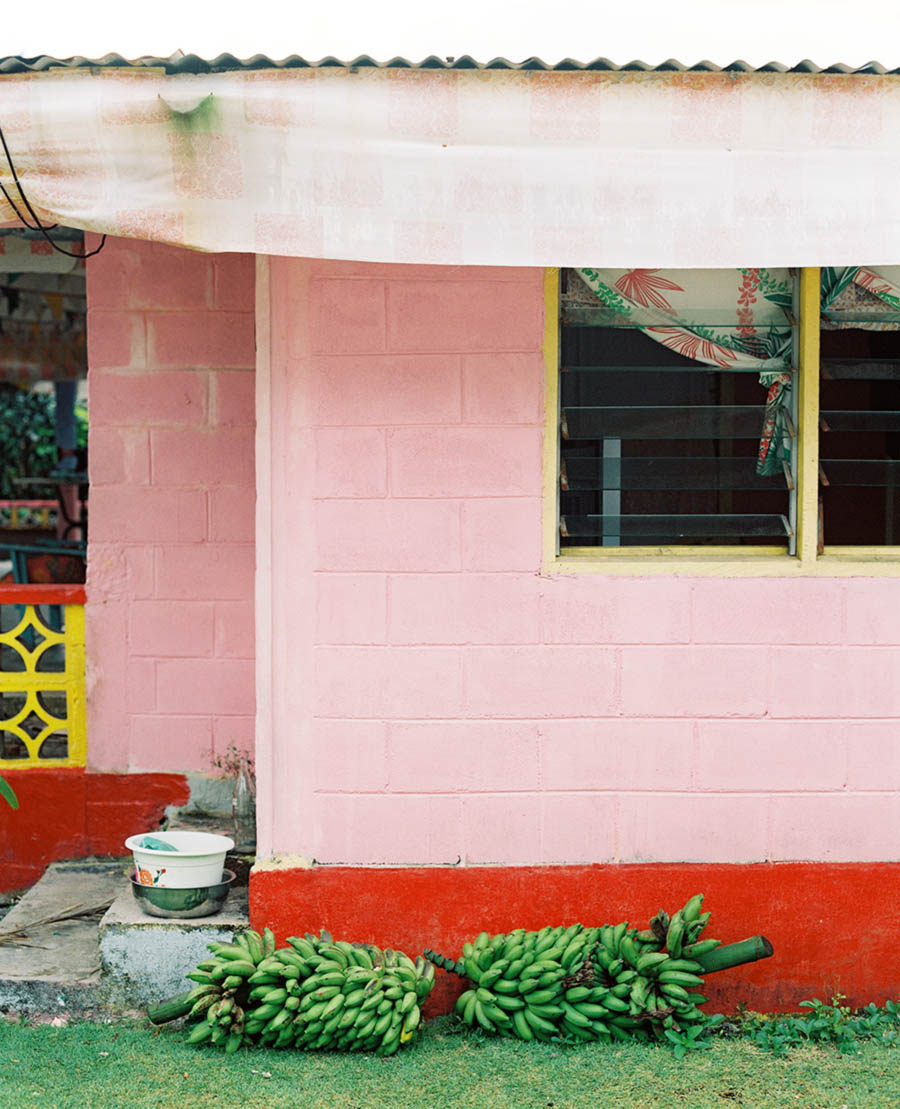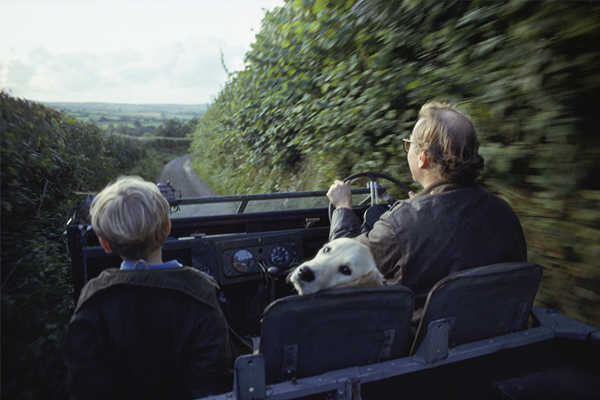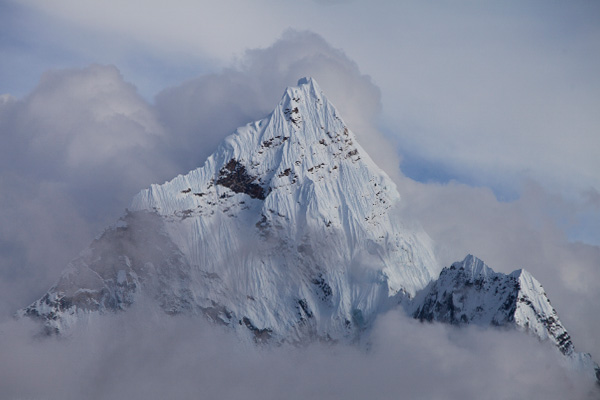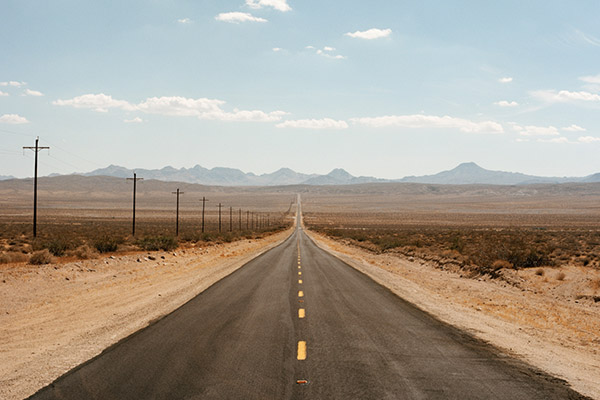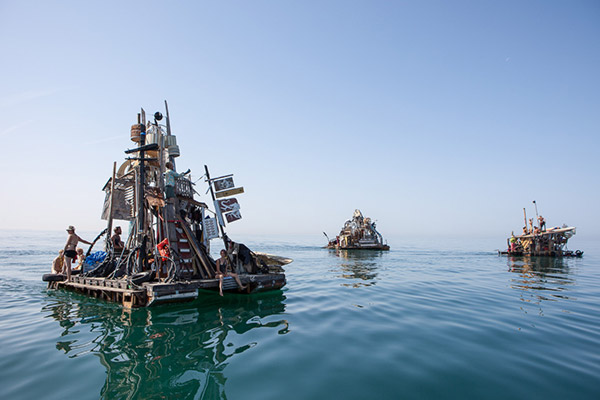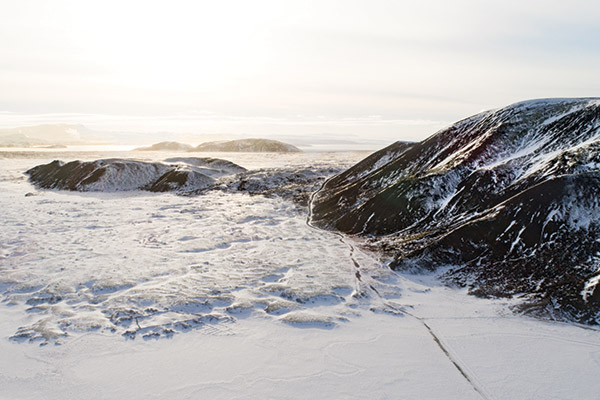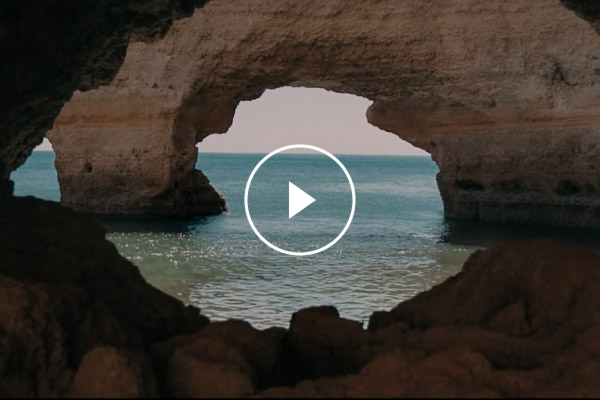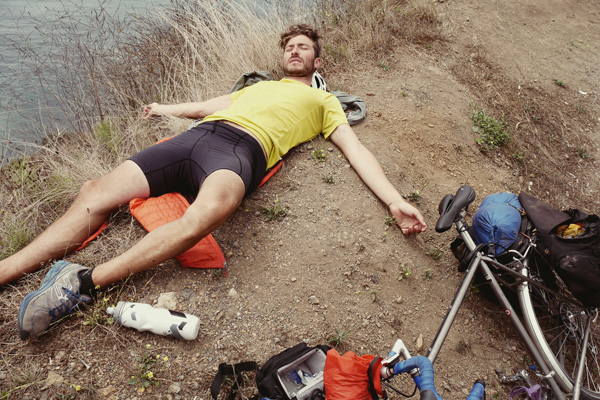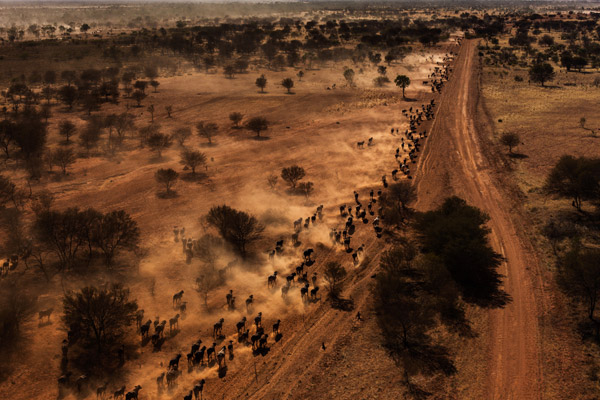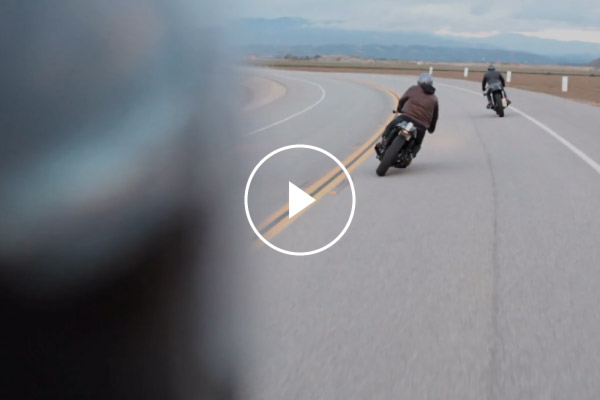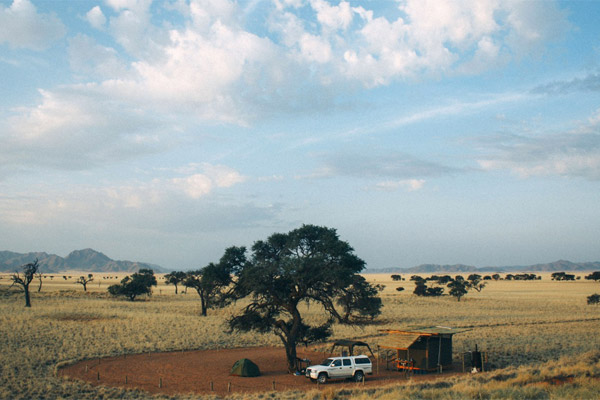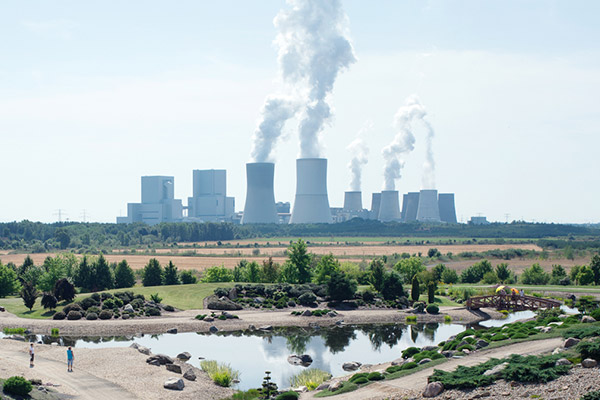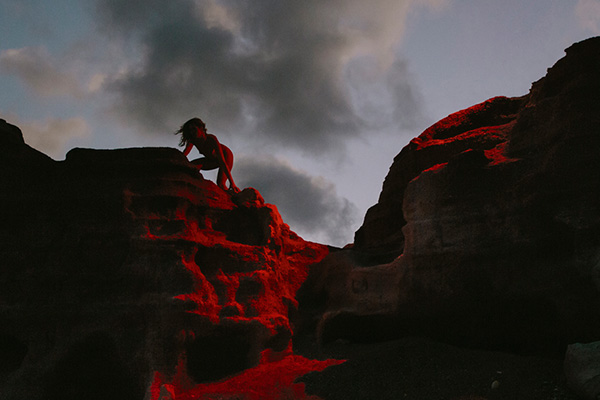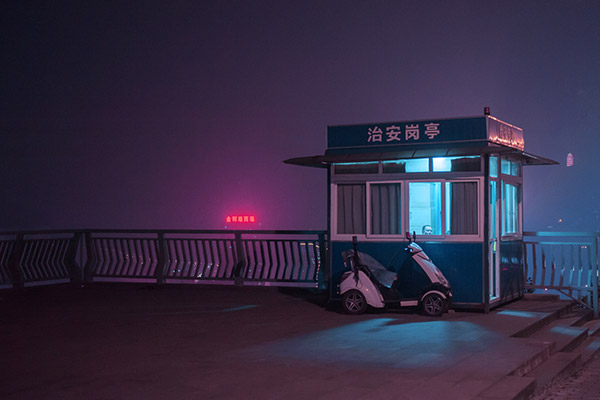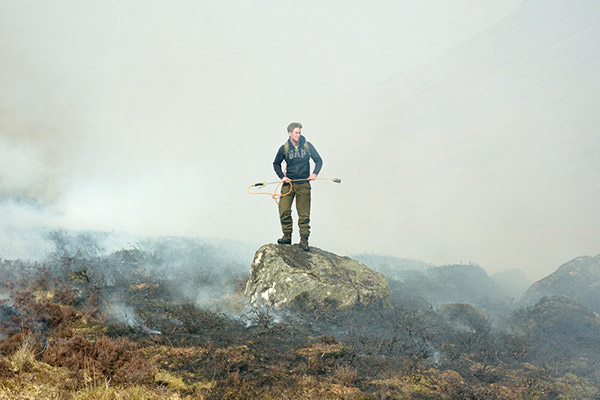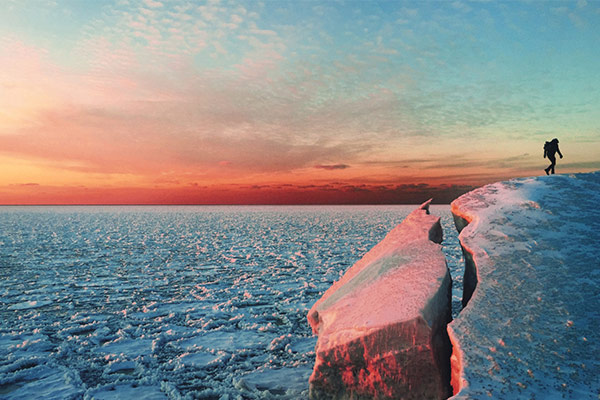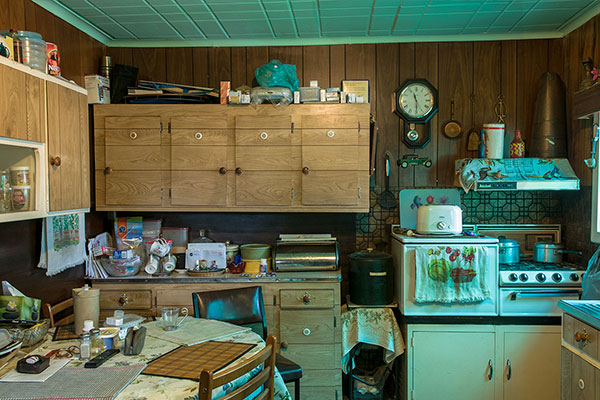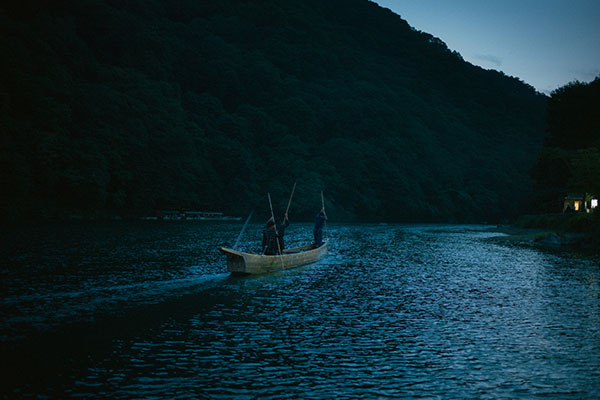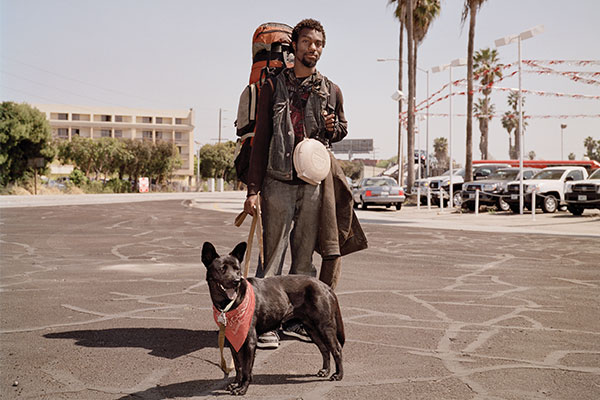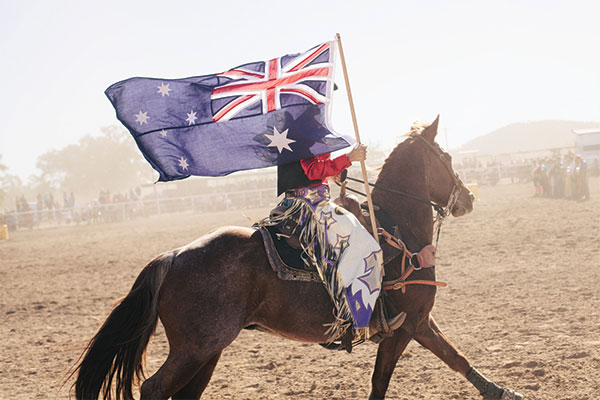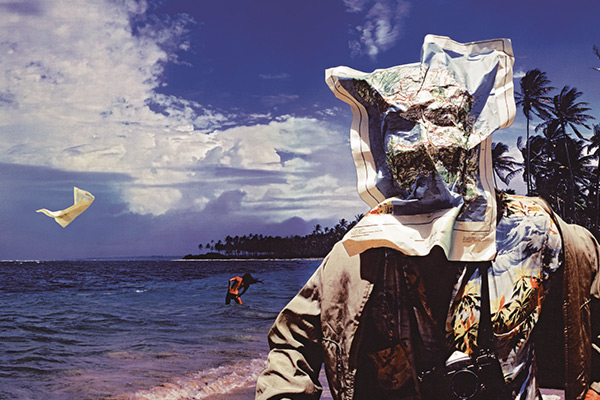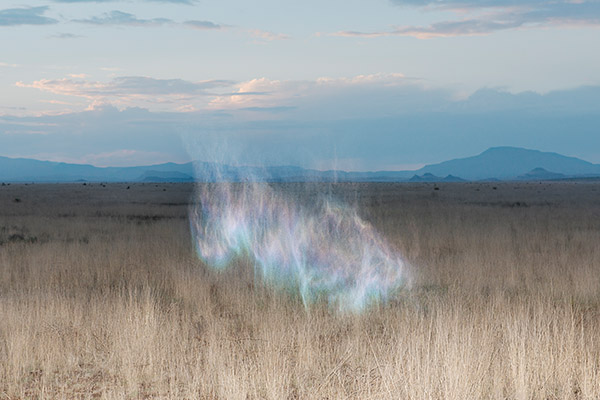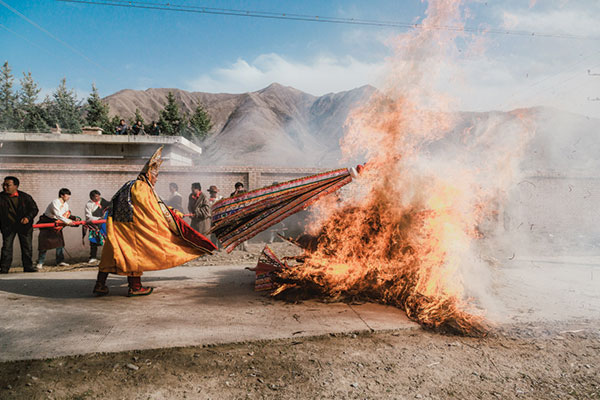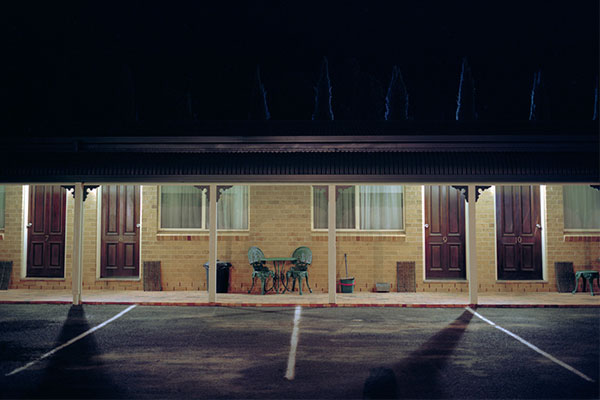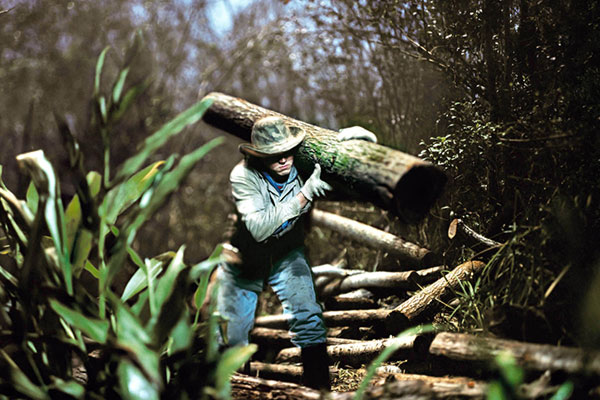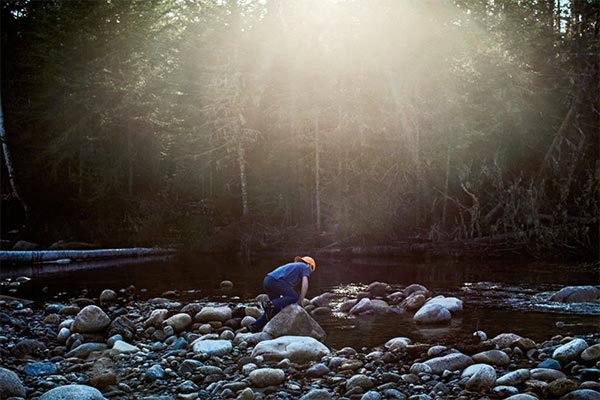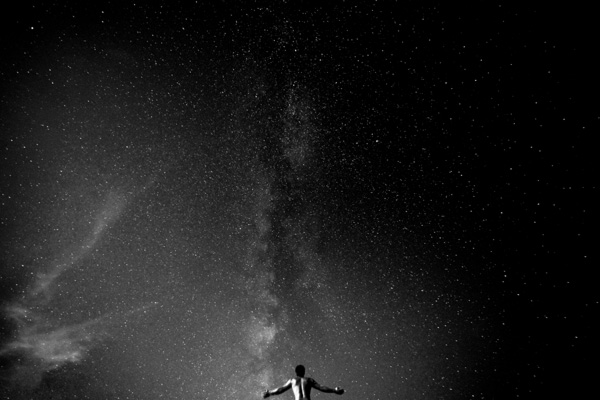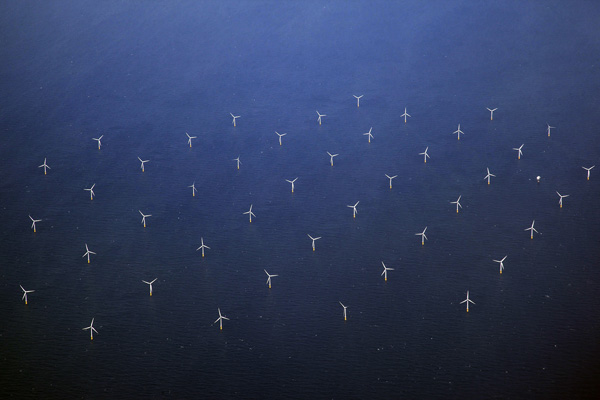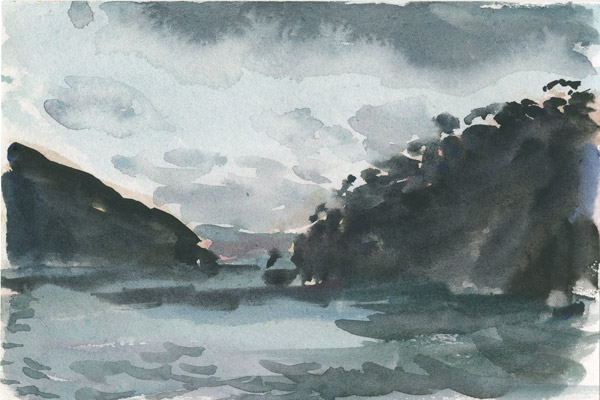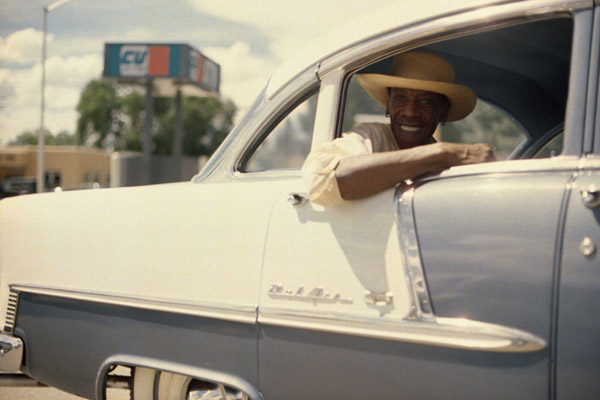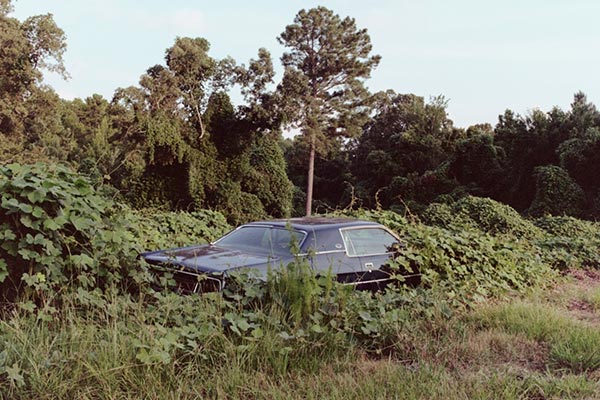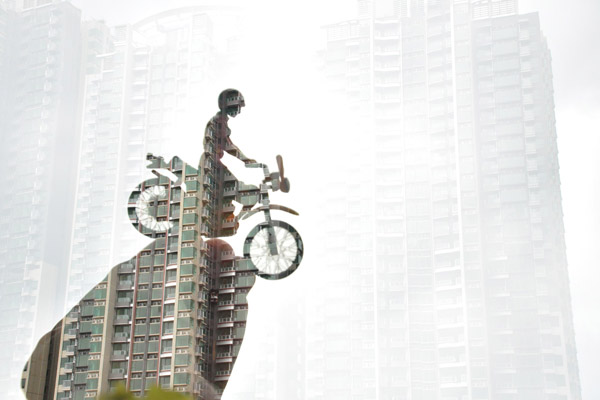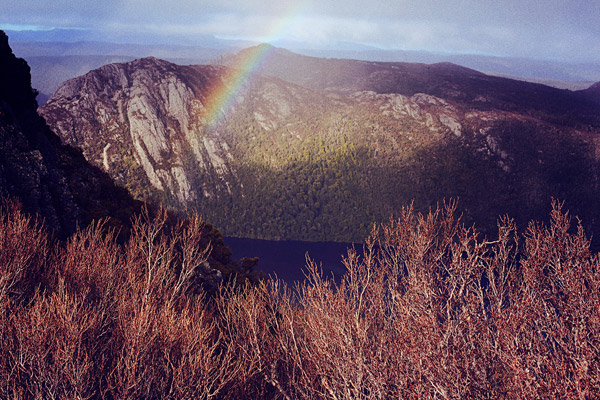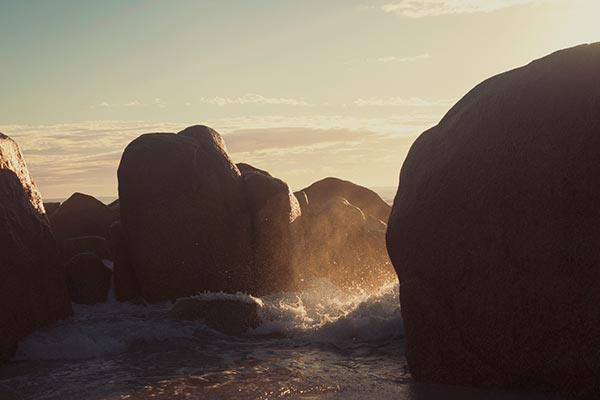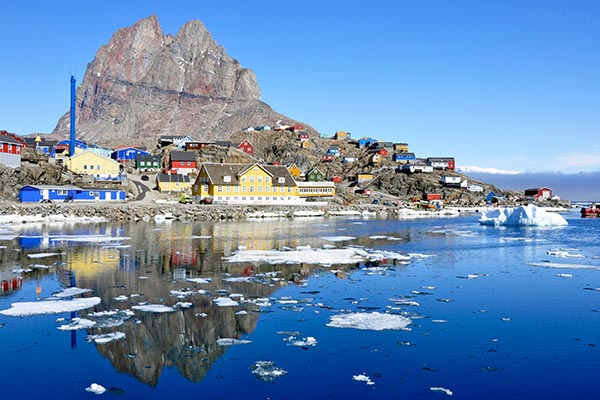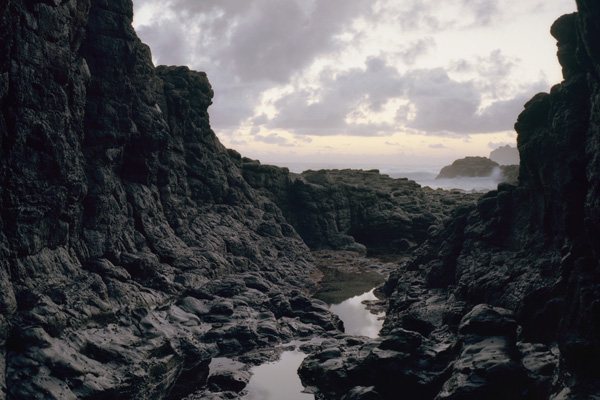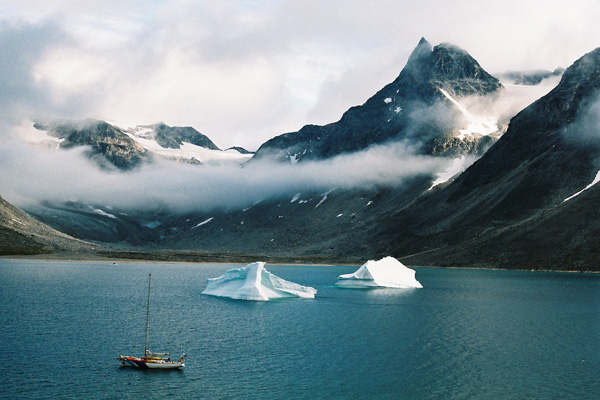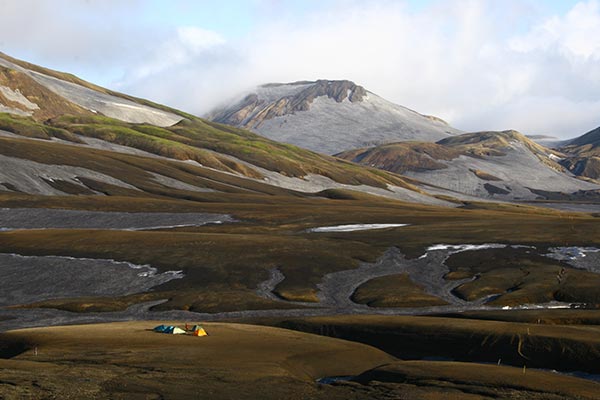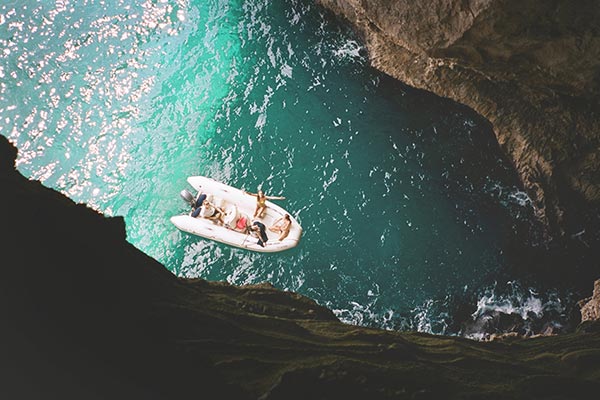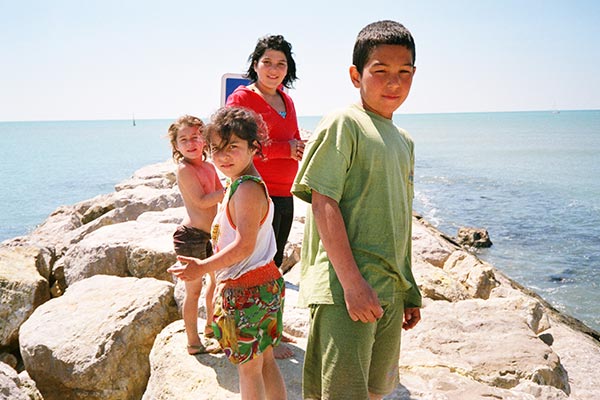For us at AHB, we’re double stoked to feature more homegrown Australian talent, and showcase a series of images from a neighbouring region of the world, Samoa. Thanks to Andrew Jacona, a Sydney based photographer and bus driver, for sharing his work and insight. Read the full conversation below.
Hi Andrew, thanks for taking the time for us. First off, can you introduce yourself?
I’m a 38-year-old bus driver from Sydney, Australia. Photography is a creative process that I love and a ‘place’ where I get to practice something as close to a craft as possible. I’ve been shooting on and off since 1996, while I was at the College of Fine Arts (COFA) where I majored in Photo-Media.
Thank you for sharing the series taken in Samoa. When did you go there, and can you describe your experience?
My wife, two children and I travelled to Samoa in November 2013 for seven days with another couple who are well-travelled and close friends. My expectations weren’t high, they never really are but it ended up being of real value beyond photography. It wasn’t only the beautiful physical environment that made it worthwhile it was fulfilling because we witnessed the encouragement the environment and our friendships had on the growth of our children.
Carol and Jack, who have been together since high school, built the tree house with their son after their first resort was destroyed by the 2009 tsunami.
Can you tell me about these images?
One day we were out driving and passed by this school where the kids were out for lunch playing in the field bordering the main road. I stopped and asked someone if it would be ok to take some pictures.
The kids were so playful and full of life but making a portrait was a challenge. I was lucky to find this larger boy and he seemed ok to just be himself. Naturally all his school friends just filled in the gaps. I love how in Polynesian culture the men wear sarongs and being large is normal and cool. One of my favourite photographers is Polynesian and large and this boy reminded me of him – Jonathan Canlas.
What’s your earliest memory of taking pictures?
At the end of year 7 my Japanese teacher invited a classmate and myself to stay with her and her family in Japan for three weeks. My Thai stepfather let me take his Pentax SLR and that was the first real thorough experience of using a camera. The friend I went with comes from a very creative family and when we got back his mother commented that she liked the shots I took. That gave me a little nudge in the right direction although she was most likely being kind as they were just holiday snaps.
Does travel or adventure inform your perspective through the lens and more generally?
I don’t think travel and adventure really changes the way I photograph. I still try to create as interesting an image as possible no matter where I am. What it does change is the way I approach life. For some reason I’m much more outgoing and enjoy interacting with people and life more while travelling and I think that would communicate through the images I shoot. Photographically I still just shoot what appeals and moves me. I use compositional methods or ideas that I have seen from others that I love. Sometimes however you can get to the point where those pre-conceived ideas of framing, subject and composition go out the door and you can respond to what you see in life and through the viewfinder without thinking. I love getting to that point because that’s when it flows through you so to speak. If the end result is not that great it doesn’t matter because the process has been so enjoyable. Getting a useable image is like a bonus or sprinkles on your cupcake!
Also to be honest – and it’s not a very pleasant thought – but you begin to realise that your vision or what you see as something interesting and attractive is not very unique.
What other elements of your life impact your photography? Is it a solo or collaborative process?
My relationship with my wife is very important. She helps me to reflect on my process, results, ideas and techniques. I would have to say that I work better solo at this stage specifically for travel photography. Although it’s great to travel with another photographer for the friendship I don’t like it when we get in each other’s way or when a sense of competitiveness comes into play. Competition can be good in that it can cause you to grow but because I like the process most, I try to keep photographing as harmonious and peaceful as possible. Also to be honest – and it’s not a very pleasant thought – but you begin to realise that your vision or what you see as something interesting and attractive is not very unique. Really most people find the same things visually interesting but the real difference ends up in how they each choose to make an image of that subject and how you get yourself into situations where you have access to those subjects.
You talk about your concept of beauty; could you define beauty personally, and do you actively seek beautiful images?
I like this quote from Bill Cunningham – “If you look for beauty you will find it” I do look for beauty and aesthetics are an important part of life and photography for me… It gives a reason and motivation to keep making images because it’s the one place where I feel I have the chance to give. I’d love to make more images that are both aesthetically compelling and that have a strong conceptual underpinning.
“If you look for beauty you will find it” – Bill Cunningham
You speak of photography being an ongoing process, not an “end in itself”. How has that process developed or changed for you?
I’m still learning as I go and still believe that we must treat it as a process. If you get stuck on your latest creation or work and you think ‘oh my god it’s terrible’ or ‘oh my god it’s great’ well that’s not the best place to be in, you’re stopping yourself from growing. Shooting wise I’ve learnt the value of stopping when you see something that looks interesting and to ask for what you want rather than fearing it might be too much trouble. It’s your money and time in the end and you need to speak up and ask for what you want otherwise you will end up regretting it and missing out a great experience, which is what you are there for.
Anything else you’d like to mention about your work?
I recently came across this quote which I think hints toward maybe why we love to visit places. “What do I know when I am in this place that I can know nowhere else? What does this place know of me that I cannot know of myself?” – Robert Macfarlane Perhaps travelling is a process of experiencing the answers to those questions.
Receive a postcard from us sign up


